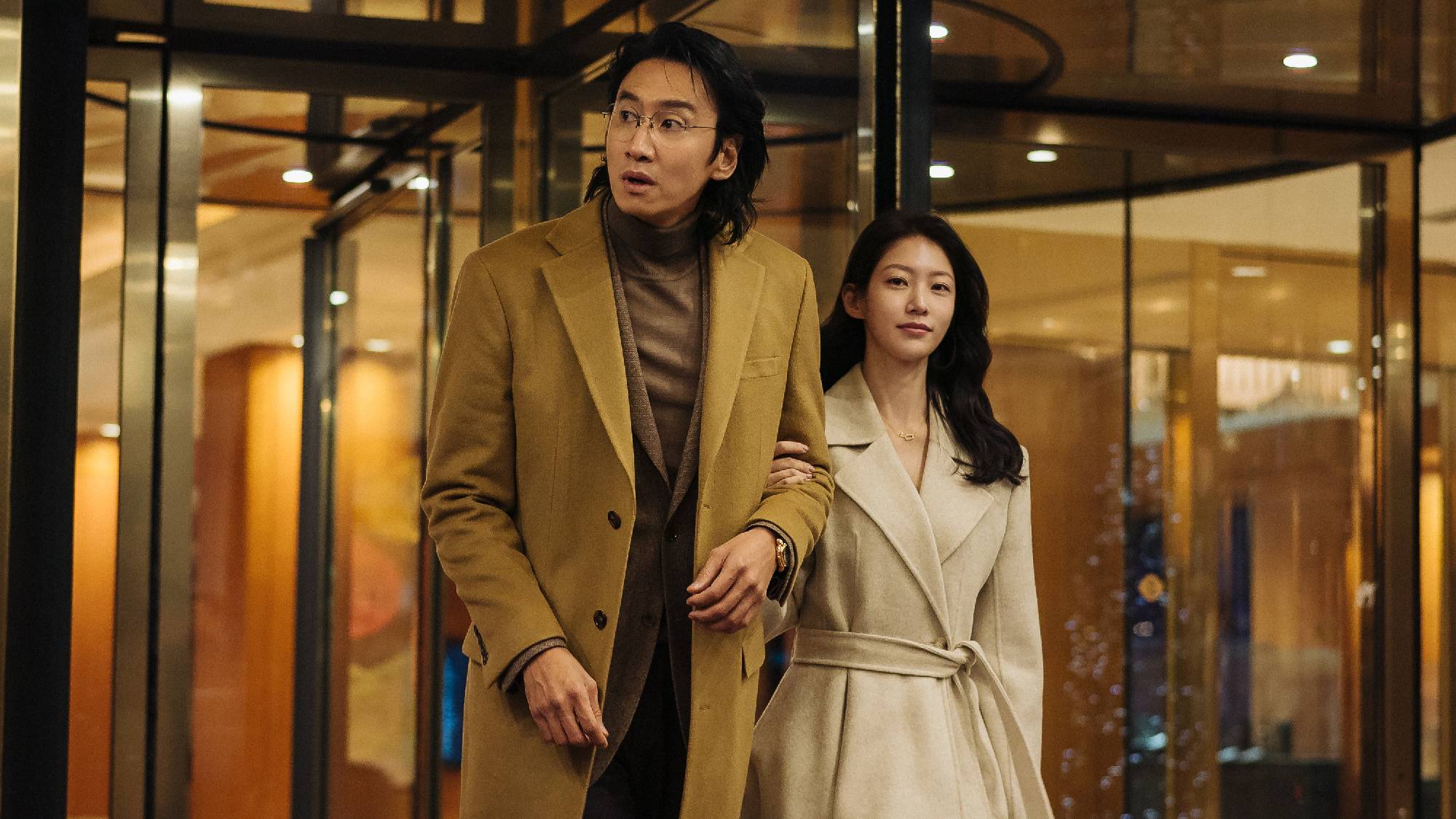Self-Flying Hover Camera Drone Follows You Anywhere
Toss the Hover Camera drone in the air and it will stay suspended and film you in 4K anywhere you go.
NEW YORK CITY — The Hover Camera is exactly what you would expect, based on its name. The new drone from Zero Zero Robotics is the company's debut product, which will only be available through a beta testers program for now. But those people that are selected to play with it are likely to be fast moving, active folks who are eager to have an autonomous camera drone follow them everywhere.
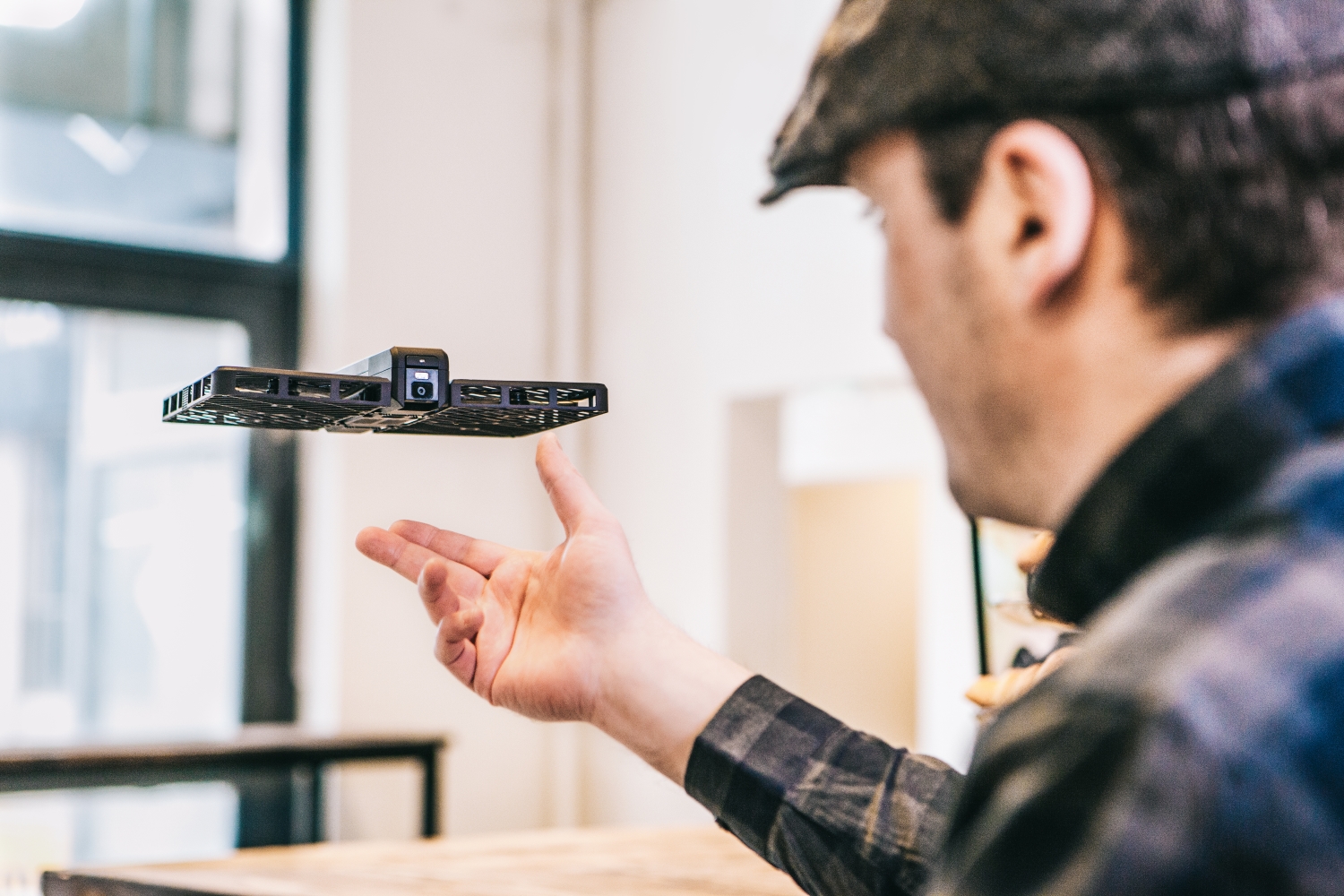
"We want to combine radical AI technology and small flying robotics to create products that empower people to enhance their livelihood, and Hover Camera is a very exciting first step towards accomplishing our much larger mission," said Meng Qui Wang, the CEO of Zero Zero Robotics who showed off his new quadcopter to Tom's Guide.
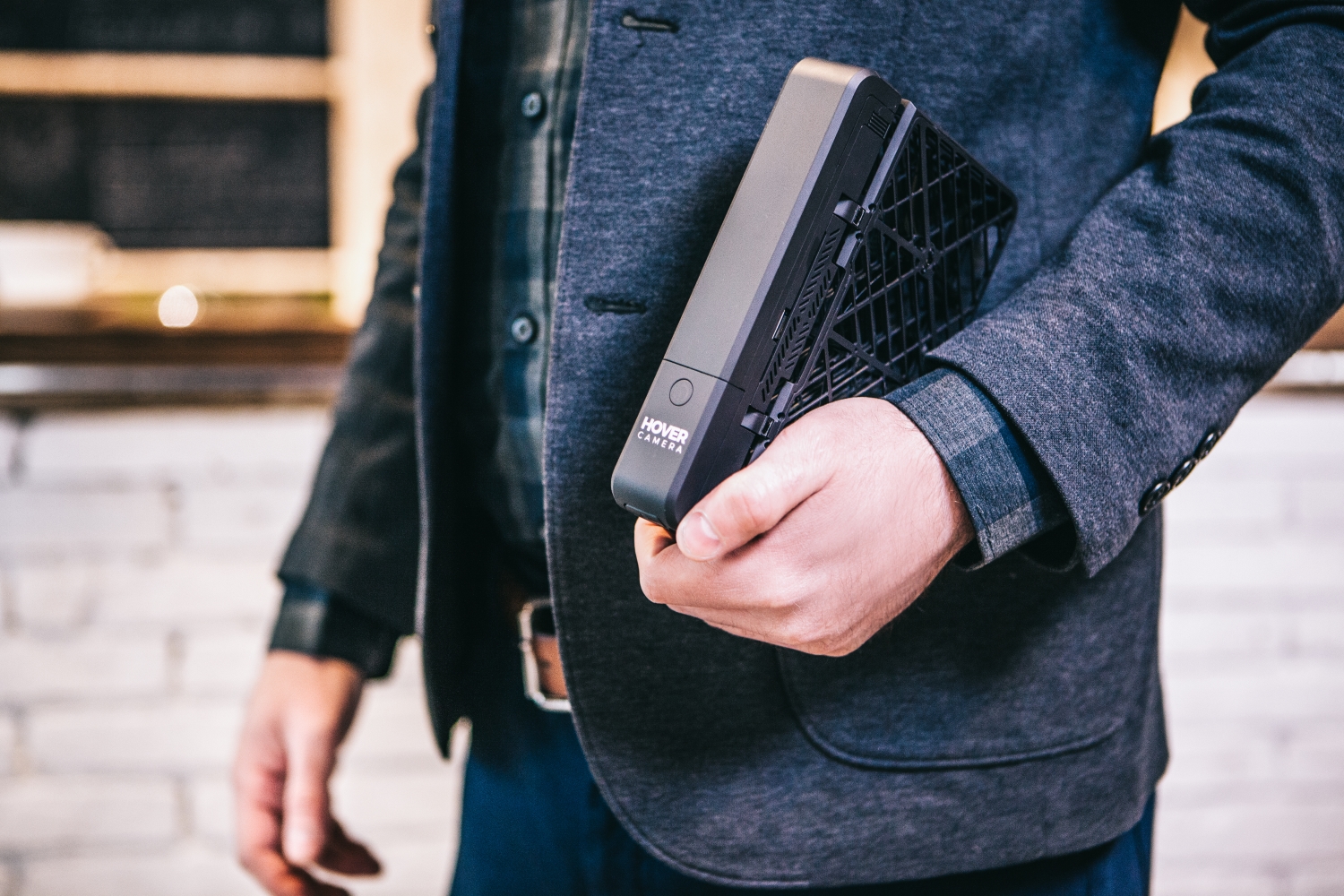
The whole thing folds into a nicely compact design that looks a little bookish. The carbon fiber exterior of the propellers is completely encased. Wang told us safety is a big concern for the company, going so far as to include optional foam bumpers with the purchase of the Hover Camera that will keep the corners from smacking a wall too hard.
MORE: The Best Drones and Quadcopters on Any Budget
The Hover Camera felt solidly constructed, but can be taken apart to replace any parts that get damaged. At 8.46 ounces, it's lighter than the FAA requirement for registration.
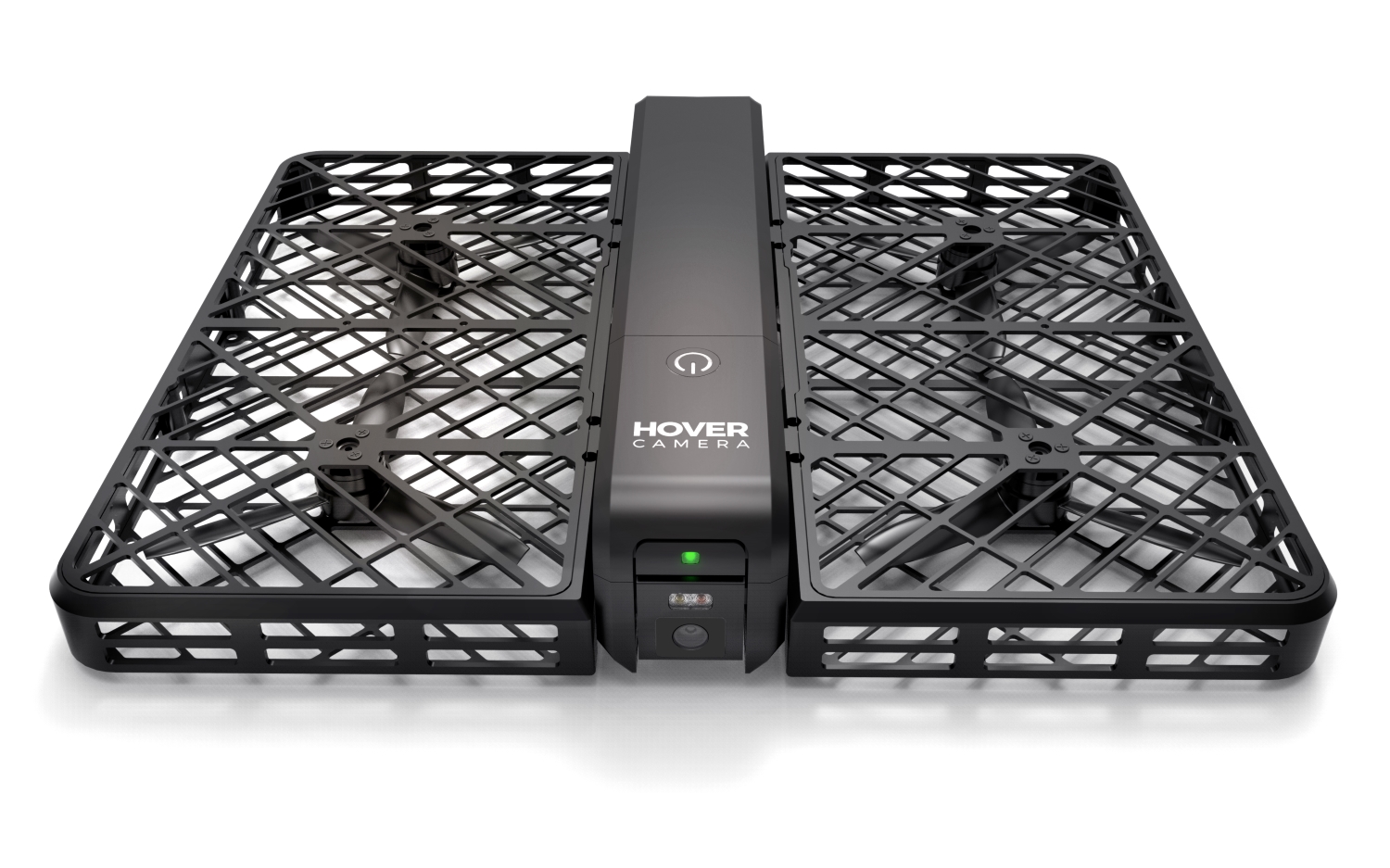
A 13-megapixel camera sits on the front edge on a hinge that allows it to tilt up and down for a 90-degree range up and down. The camera can record 4K video as well. The video and photos can be accessed through the company's smartphone app (Android and iOS), which also doubles as the controller. The camera is supported by electronic image stabilization to prevent shaky or jittery footage.
The only button is the power button on top, and when you press it for a few seconds it makes a chirping sound. This sound will recur if you leave the drone on but unused for a few minutes. Hopefully this will keep you from wasting the precious 8-minutes of battery endurance. Two additional batteries are included in the package, and the company plans to offer additional batteries for sale separately.
The facial recognition technology that allows the drone to keep you in frame and follow you is run off of a 2.3-GHz quad-core Qualcomm Snapdragon 801 processor. There's no fan inside the Hover Camera, so the company engineered slots along the edges that send air pushing through the propellers into the body of the drone to cool things off.
The drone was dead simple to use. You turn it on, flip out the wings and then toss it into the air, where it stops and hangs out awaiting instructions. The blades make a bit of noise, but not so I couldn't continue my conversation normally. If your toss is a little off, the drone knows how to how balance itself and get level using sonar and a ground facing camera. The company assures me that tossing it into the wind won't throw it off.
The touchscreen interface on the phone shows you a live feed of the images in front of the camera. You can point at a person's face or back of their head and indicate the drone should follow that person, and it will. Wang assured me that adding a jacket or facial expression would not confuse the Hover Camera. You can tell the drone to encircle a person to create a 360-degree panorama, and you can just say follow that person. The camera helps it with some degree of object avoidance as well.
Wang says the company has already identified a couple of groups worldwide to receive the Hover Camera and who will help serve as brand ambassadors. One is a group of parkour runners, who plan to use the Hover Camera to document their urban acrobatics. Some other uses Wang pictured were for catching above-the-rim basketball shots, ballet dancers or hockey players. The drone can fly at about 20 miles per hour, so it won't keep up with your sports car, but it can likely keep pace with a runner or bicycle. To sign up, potential owners have to fill out a small form on gethover.com that asks how you plan to use it.
The video footage Wang showed me looked sharp, colorful and steady. We're excited to play with the Hover Camera further and to see how it's autonomous flying features compare to the considerably larger and more menacing looking DJI Phantom 4. For active individuals who are willing to share their footage with Zero Zero Robotics, it may very well be worth applying to be a beta tester, but there's no word on exactly what that might cost. The company indicated it may be less than $600.
Will you be signing up? Tell us in the comments what you would use this drone for.


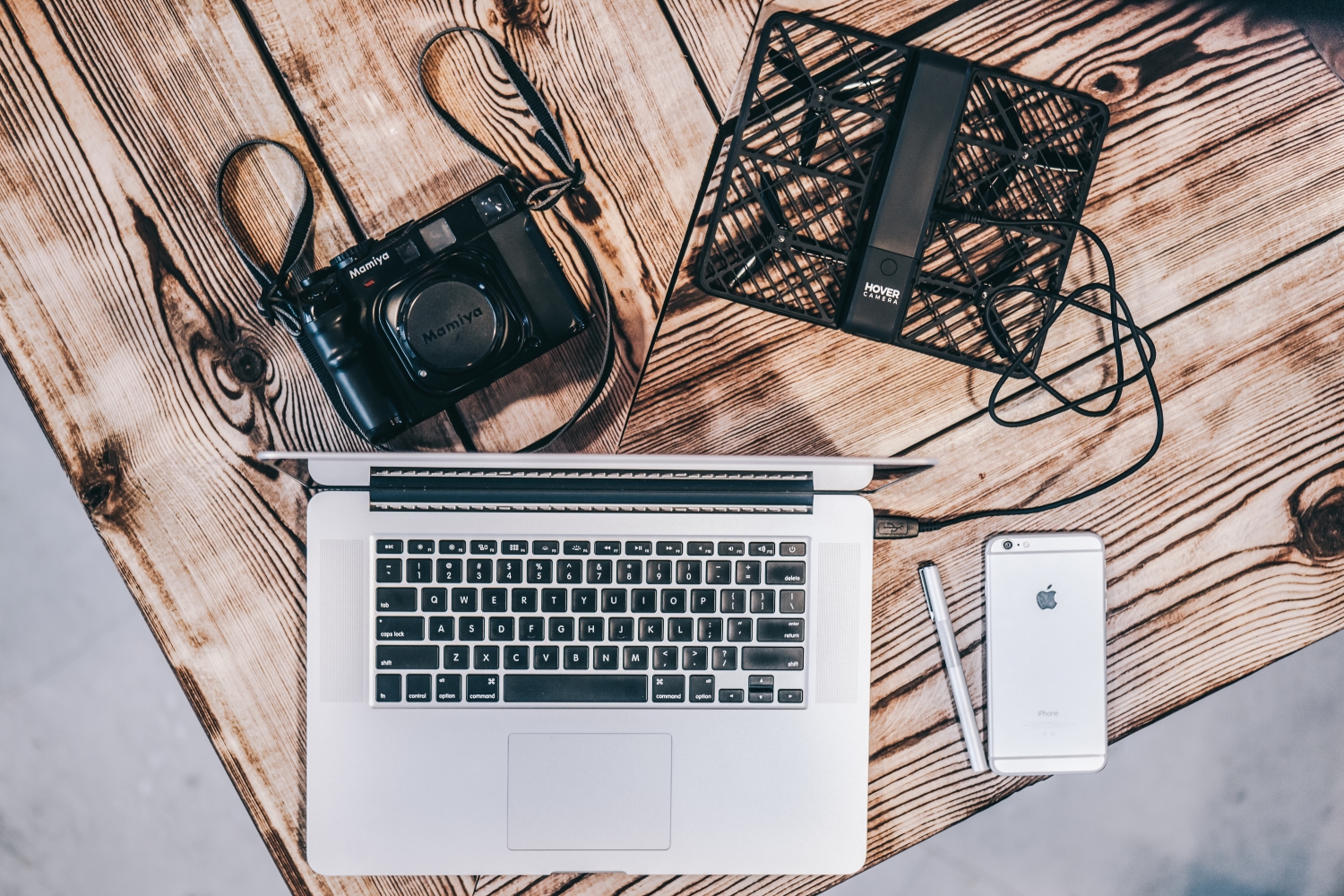

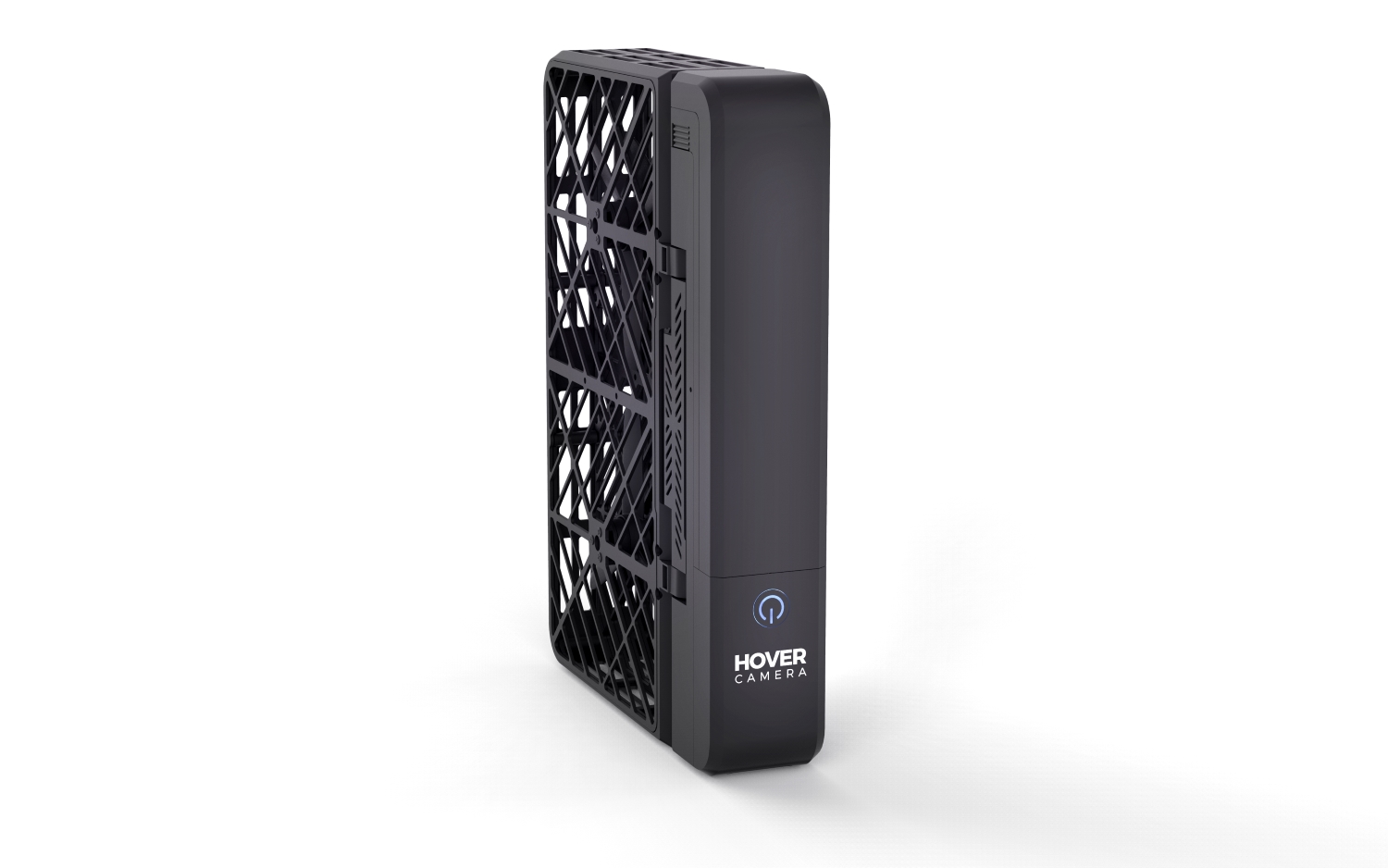
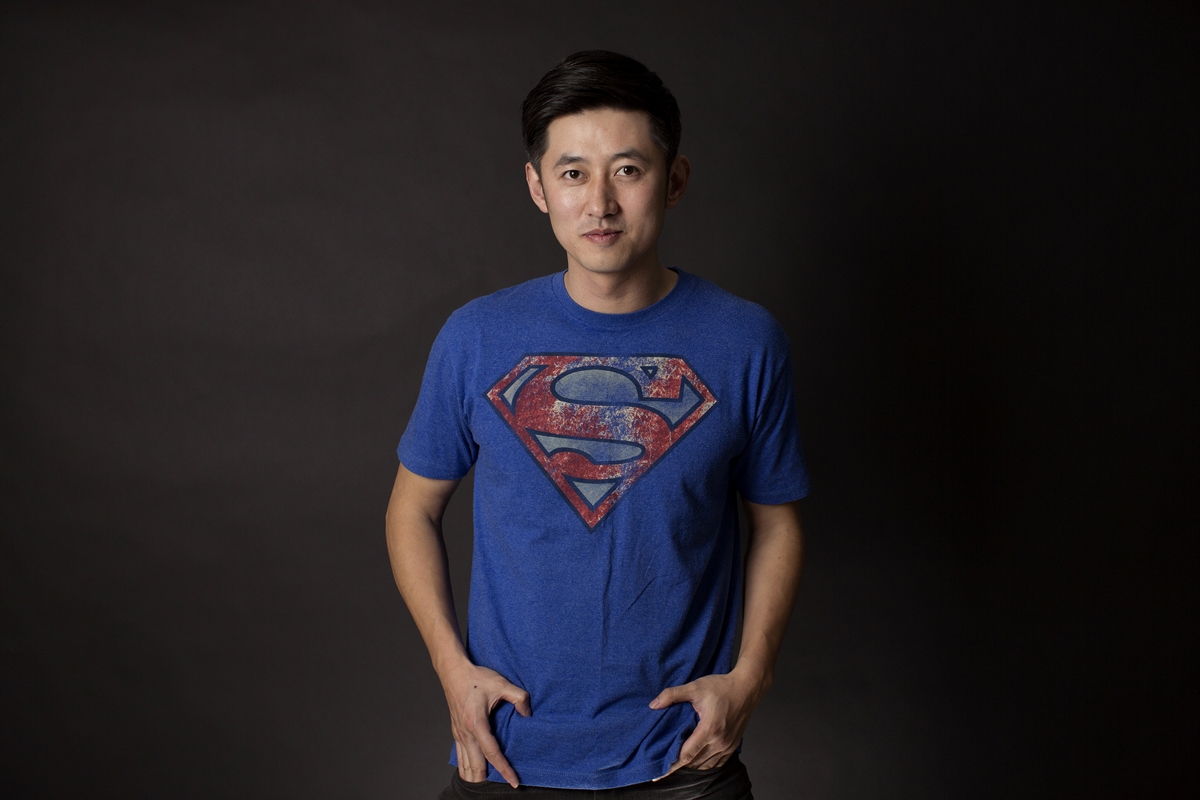
Sign up to get the BEST of Tom's Guide direct to your inbox.
Get instant access to breaking news, the hottest reviews, great deals and helpful tips.

